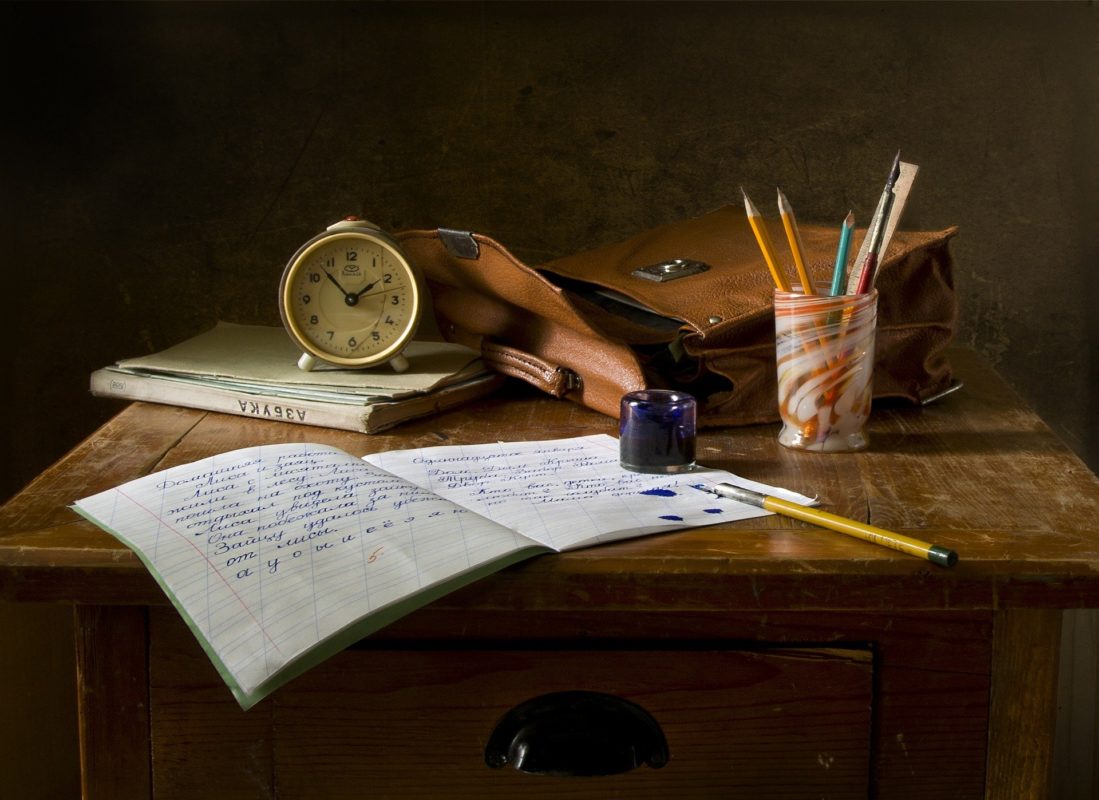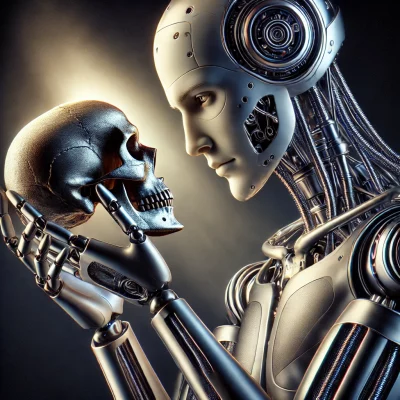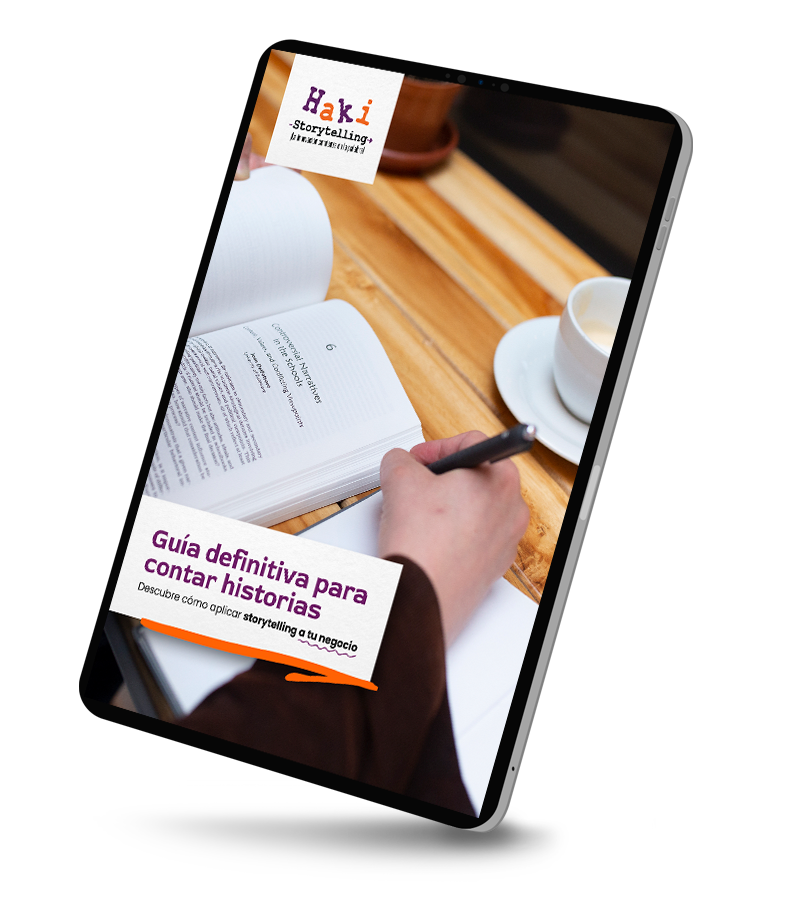Prendo mi computador para escribir. Mientras carga el sistema operativo, de inmediato recuerdo cómo lo adquirí. Hace ya varios años renuncié a un trabajo y destiné parte de la indemnización para comprarlo, junto con ese recuerdo aparecen otros: las personas que conocí en ese trabajo, los restaurantes donde muchas veces almorcé, los clientes que tuve que manejar, etc. Estos recuerdos llegan a mi mente no en imágenes estáticas sino como escenas, las cuales usualmente van ligadas a emociones. Dada la directa relación entre las historias y las emociones, los recuerdos también pueden catalogarse como historias.
Estamos conectados para absorber las historias por escenas
incluso nuestros sueños consisten en personajes moviéndose a través
de un escenario mental.
– Jack Hart –
¿Cómo es esto posible? ¿Dónde dejamos el arco narrativo, trama, personajes, conflicto y los demás elementos de una historia? Desde el punto de vista purista del Storytelling y la teoría narrativa esas preguntas son válidas, pero llegar a una definición única y general acerca de las historia resulta imposible.
“Todos tienen una definición propia de las historias y cuando las analizamos,
tratamos de compararlas y contrastarlas, tendemos a pensar que una es
correcta y la otra no. Las historias son mucho más que eso”
– Annette Simmons –
Miro hacia la derecha, donde está ubicada la lámpara de mi escritorio. No es nada sofisticada, sino más bien muy normal, pero siempre me ha gustado mucho pues alumbra tremendamente bien. La obtuve en una celebración “sangrienta” del juego Amigo secreto (Santa Secreto en Estados Unidos o Amigo Invisible en España). Con sangrienta me refiero a que en esa ocasión las personas que recibían el regalo de amigo secreto, tenían la posibilidad de cambiarlo o perderlo, pues cualquiera de los demás asistentes que todavía no habían recibido regalo, podían reclamar el de otra persona, si este les gustaba más que el que habían recibido. Yo fui una de las últimas personas en poder efectuar un cambio, y escogí la lámpara, que ya había pasado por las manos de otras dos personas.
Ahora miro hacia la izquierda y veo un payaso de madera que compré en Praga en el 2011, Inmediatamente se disparan miles de recuerdos en mi mente, cada uno acompañado de emociones, unas más fuertes que otras. Así podría continuar listando cada uno de los objetos que se encuentran en mi cuarto: Una libreta del grupo “The Who” que me trajo mi hermano de un viaje, mis cd’s de los cuales alcanzo a ver el tributo a Led Zeppelin “Encomium”, el televisor, mi almohada, uno de los mejores autoregalos que me he dado en una navidad, un tótem de Storytelling que diseñe para una presentación, mis gafas, gotas para los ojos, la papelera, etc. Lo interesante es que cada uno de estos los objetos siempre traen recuerdos, que vienen en forma de escenas y las escenas conforman historias.
Los objetos también son otro ejemplo de que vivimos rodeados e inmersos en historias. Parafraseando a Nancy Duarte, “El valor de nuestras posesiones, no se basa en lo que representan físicamente; su valor de verdad viene dado por el significado que les damos.”
***
OBJECTS, EMOTIONS AND STORIES
I turn on my computer to write. Whilst it loads the operative system, I immediately remember how I acquired it. Many years ago I quit a job and destined part of the compensation to buy it. Along with that memory, others also appears: The people I met in that job, the restaurants where I had lunch, the customers who I worked with, etc. These memories arrive to my mind not in static images but in scenes, which are usually linked to emotions. Given the direct relation between stories and emotions, memories can be also catalogued as the former.
We’re hardwired to absorb stories by scenes—even our dreams
consist of characters moving across a mental stage.
– Jack Hart –
How is that possible? ¿Where do we left the narrative arc, plot, characters, conflict and the rest of the story elements? From the Storytelling and narrative theory purist point of view those questions are valid, but it’s impossible to reach a unique definition for story.
Everybody has their own definition of story, and when
we look and try to compare and contrast them you could get the idea
that one is right and one is wrong, but story is bigger than that”
– Annette Simmons –
I look to the right to see my desk-lamp is located. It’s nothing sophisticated, rather quite simple, but I like it because it lights very well. I earned it in a bloody celebration of Secret Friend game (Secret Santa in the US or Invisible friend in Spain; that game where people exchange papers and then give a present to the person whose name they got). By bloody I mean that in that occasion those who received their presents could lose or change them, because any of those who hadn’t received their present, had the possibility of reclaiming another person’s gift, if they like it more than the one they received. I was one of the last persons to change the present, and I chose the lamp, that already have been in the hands of two other people.
Now I look to the left to see a wood clown that I bought in Prague in 2011. Immediately thousands of memories are triggered in my mind, each of them accompanied by emotions, some stronger than others. I could go on listing all the objects in my room: a “The Who” notebook that my brother brought me from a trip, my music cd’s from which I get to see the “Encomium” Led Zeppelin tribute, the T.V, my pillow, one of my best self-gifts on a Christmas, a storytelling totem that I crafted for a presentation, my glasses, eye drops, paper bin, etc. The interesting thing is that each of these objects always brings memories, memories comes in form of scenes and scenes conforms stories.
Objects are another example that we live immerse and surrounded by stories. Paraphrasing Nancy Duarte: “The value of one’s belongings is not based on what they physically represent; the real value comes from the meaningfulness we associate to them”.






